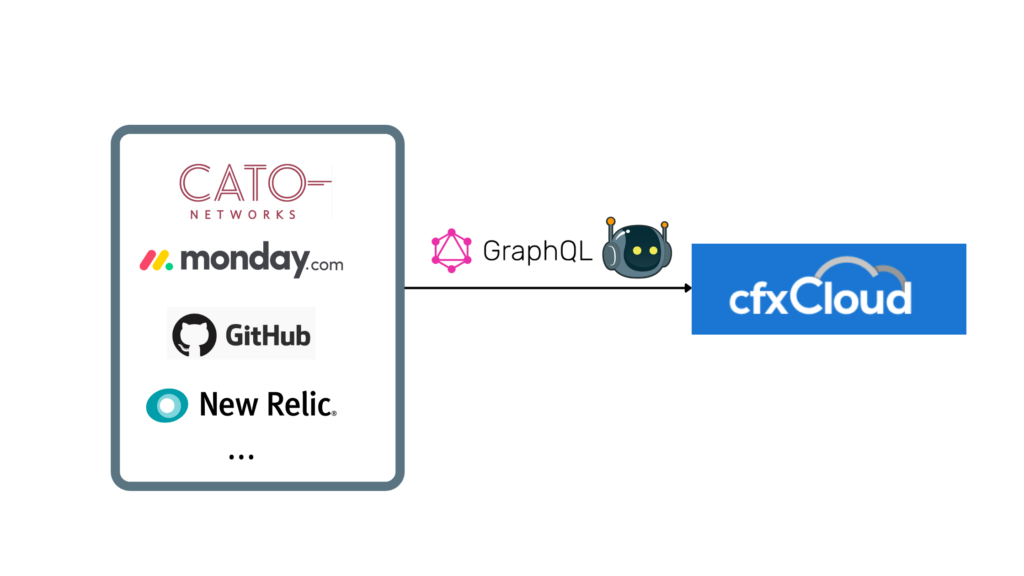For a long time, IT Ops teams have been trying to keep up with the advancements in data analytics and management. In certain organizations, this problem is charged to DataOps teams. These teams are tasked with managing data growth and complexity as well as keeping pace with new technologies like Artificial Intelligence driven Ops (AIOps).
The task at hand continues to get harder because modern complex systems are difficult to observe due to their dynamic and distributed nature. With observability, everything around data gets tricky. DataOps teams have to respond to multi-source data collection, uniform data processing, and storage and generate real-time insights. It can get extremely difficult to understand the interactions between various systems and the impact they are having on cost, SLAs, outages, etc.
The DataOps problem is that there is no tool for collecting disparate data all together in one place: from storage, processing, analysis, or building insights on top of it.
What is the solution?
RDA-Enabled DataOps & AIOps
AIOps solves this by combining AI & ML algorithms into an intelligent way of mining operations data to build predictive models about what will happen next – without any manual intervention.
This is where RDA-enabled DataOps and AIOps come into the picture. And, that’s because what if we want something more intelligent than just canned responses or manual input? ML algorithms are used now by enterprises primarily as automated decision-maker (AIDM) rather than traditional human intelligence augmentation tool (HIAUT). They extract value from unstructured datasets by analyzing patterns that humans might not see without RDA.
For mundane and linear business processes, enterprises use RPA. But, what can come to the rescue of DataOps and AIOps? Did you think of ETL? We have something better to share. Robotic Data Automation (RDA) automates DataOps and AIOps, making them as intelligent as you want them to be.
The first issue is data collection. DataOps teams collect IT Ops and related data in a variety of ways, from manual entry to automated assets, logs, metrics, traces and alerts. But the process is not perfect as errors are often introduced inadvertently during this phase. This causes inaccuracies or incomplete datasets that need corrections manually later on.
AIOps data pipelines typically consist of the following dimensions:
- Data collection – the ability to collect alerts, metrics, logs and traces from broad set of ITOM tools
- Context enrichment from additional sources like CMDB, vendor systems, CI/CD tools and more.
- Correlate, deduplicate to suppress noise and surface only actionable situations with real-time causality analysis
- Incident management and automation -the ability to course-correct in flight.
- Communication (visual or textual).
The data pipeline is a critical component of AIOps. It is the glue that binds all other components together and ties the whole ecosystem together. DataOps teams need to develop their own pipelines for each use case, which often means using several different technologies to collect various types of IT Ops data in one place so they can be processed efficiently.
RDA in Action
The Robotic Data automation process is similar to how developers use Integrated Development Environment (IDEs) to write code, iterate, compile and build images, which are then pushed onto a runtime environment.
RDA provides a collaborative Jupyter style notebook authoring tool and workflow visualization tool. Using this data pipelines can be built or customized, and once finalized they can be pushed onto the production AIOps platform. For workflow authoring, RDA is also available as a standalone tool that can be deployed in a customer’s own environment or it can be used as a service within CloudFabrix’s cloud-hosted environment.





